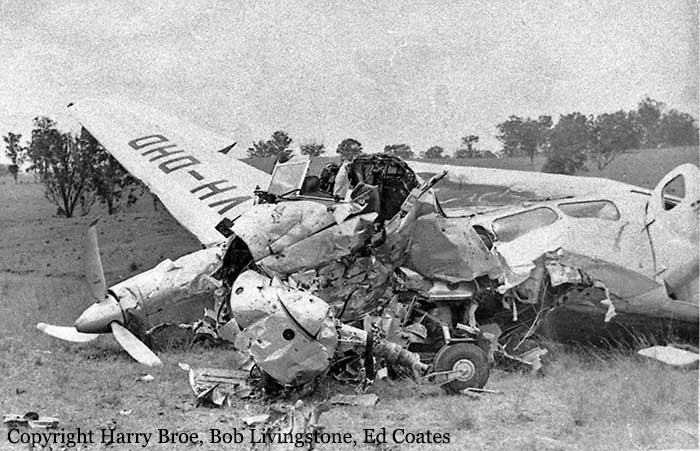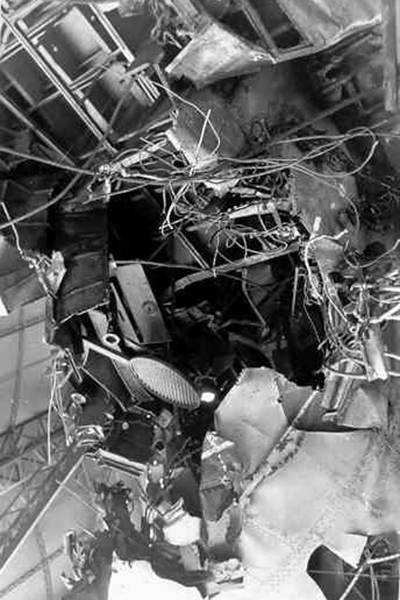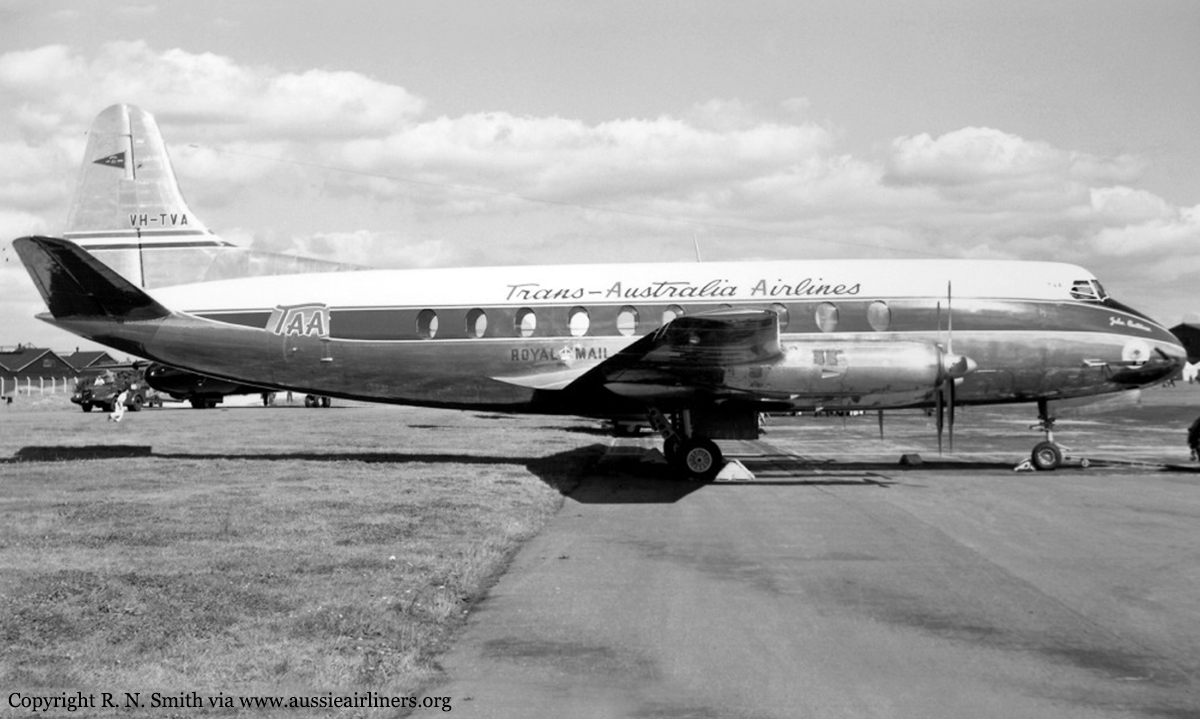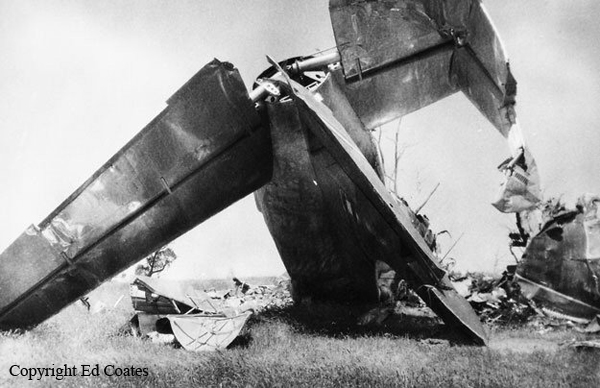Crash of a Convair B-36B-1-CF Peacemaker at Carswell AFB
Date & Time:
Feb 8, 1955
Registration:
44-92029
Survivors:
Yes
Schedule:
Biggs - Carswell
MSN:
26
YOM:
1946
Crew on board:
0
Crew fatalities:
Pax on board:
0
Pax fatalities:
Other fatalities:
Total fatalities:
0
Circumstances:
Following an uneventful training flight from Biggs AAF, the pilot-in-command started the approach to Carswell AFB but was too low. On short final, the airplane hit the ground, lost its undercarriage and came to rest. There were no casualties but the aircraft was written off.
Probable cause:
Too low approach on part of the pilot-in-command.
















